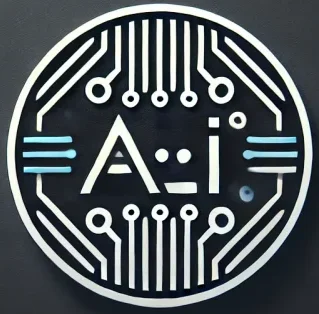# Unveiling the Power of Generative AI: Transforming Industries with Creative Intelligence
In the fast-paced world of technology, **Generative AI** has emerged as a groundbreaking trend, revolutionizing how machines understand and interact with human creativity. Unlike conventional AI systems focused solely on data analytics and pattern recognition, Generative AI takes a leap forward, enabling machines to create content that feels authentic and human-like. From writing poems to designing buildings, this technology is not just assisting but also enhancing human efforts in creativity and design.
## What is Generative AI?
Generative AI refers to artificial intelligence algorithms that can generate new content based on the data they have learned. This includes text, images, music, and even code. It uses techniques like deep learning and neural networks to understand the nuances of content creation, making it one of the most exciting advancements in AI technology today.
### Real-World Examples of Generative AI in Action
– **Content Creation**: Tools like OpenAI’s GPT-3 have revolutionized content creation, helping writers by suggesting text completions and generating content ideas.
– **Art and Design**: AI-driven platforms like DALL-E are enabling artists to create stunning visuals by simply describing their vision in words.
– **Music Production**: AI like Jukedeck uses machine learning to compose music, offering a new toolset for musicians and producers.
– **Video Games**: Generative AI is used to create dynamic environments and non-player character (NPC) behaviors, enhancing player experience in games.
These examples underscore the flexibility and wide-reaching implications of Generative AI across different sectors, illustrating its potential to be a universal tool for creative endeavors.
## Key Benefits of Generative AI
– **Enhanced Creativity**: It pushes the boundary of traditional creativity, offering new ways to generate ideas and content.
– **Efficiency and Scalability**: Automates repetitive creative tasks, allowing human creators to focus on more strategic activities.
– **Personalization**: Can generate tailored content that resonates more effectively with specific audiences, enhancing user engagement.
## Challenges and Considerations
While the benefits are substantial, there are challenges that need addressing:
– **Ethical Concerns**: As AI creates more content, questions about authenticity and originality arise.
– **Quality Control**: Ensuring the AI-generated content meets quality standards can be challenging.
– **Dependency**: Over-reliance on AI for creative processes could stifle human creativity.
## The Future of Generative AI
The potential of Generative AI is immense, and its future looks promising. Here are a few predictions:
– **Wider Adoption Across Industries**: As technology matures, more sectors will find innovative uses for Generative AI, from law to healthcare.
– **Improved Personalization**: AI will become better at understanding individual preferences, leading to more personalized content creation.
– **Enhanced Collaboration Between Humans and AI**: Future developments will likely focus on collaborative interfaces where AI and humans co-create seamlessly.
## Conclusion: Embrace the Creative Potential
Generative AI is not just a tool; it’s a partner in the creative process, offering new opportunities to enhance and accelerate human efforts. As we stand on the brink of this new era, embracing this technology can lead to unprecedented levels of creativity and innovation.
### Call to Action
Are you ready to explore the potential of Generative AI in your field? Whether you’re a creator, a business owner, or an enthusiast, the time to start integrating and experimenting with this technology is now. Dive in, experiment, and be at the forefront of the next wave of creative revolution!
Incorporating Generative AI into your work can not only streamline operations but also unlock new creative possibilities. Start exploring today, and who knows? You might just shape the future of your industry.
